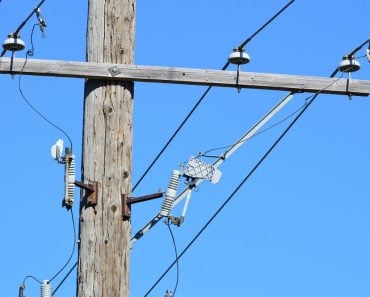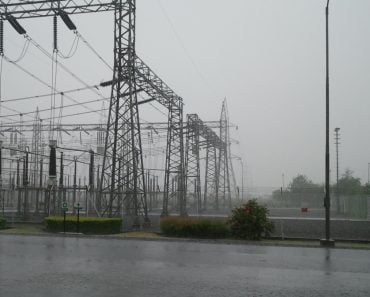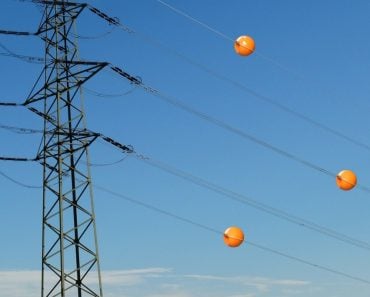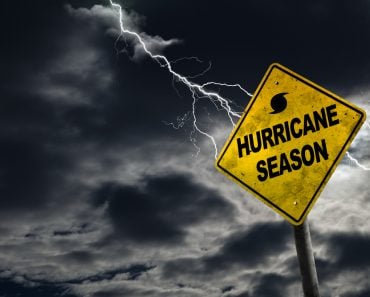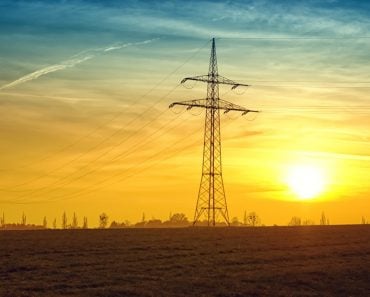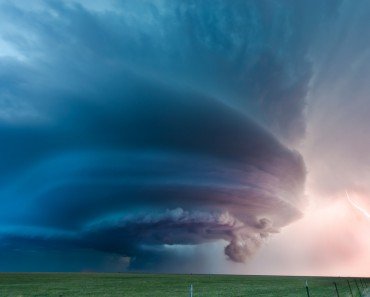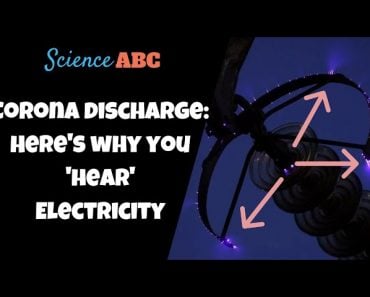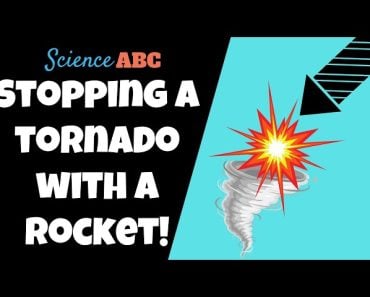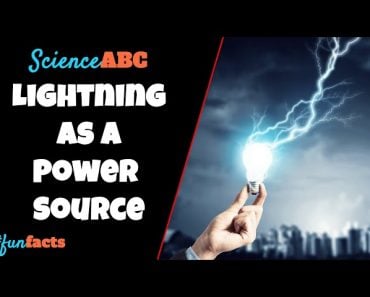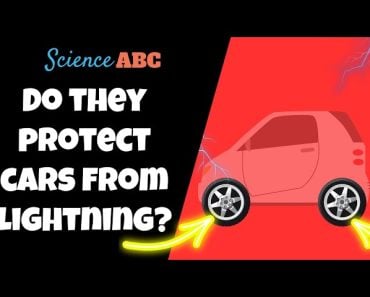Table of Contents (click to expand)
Heavy rain, lightning, strong winds and other types of severe weather cause power outages and interruptions by knocking down power lines, blowing objects into overhead lines, flooding power-related equipment, or damaging insulation, among others.
As our reliance on technology and electricity grows, power outages become a more significant concern. In 1977, New York City experienced a blackout lasting for about 25 hours, which led to over 1,000 fires and looting at more than 1,500 stores.
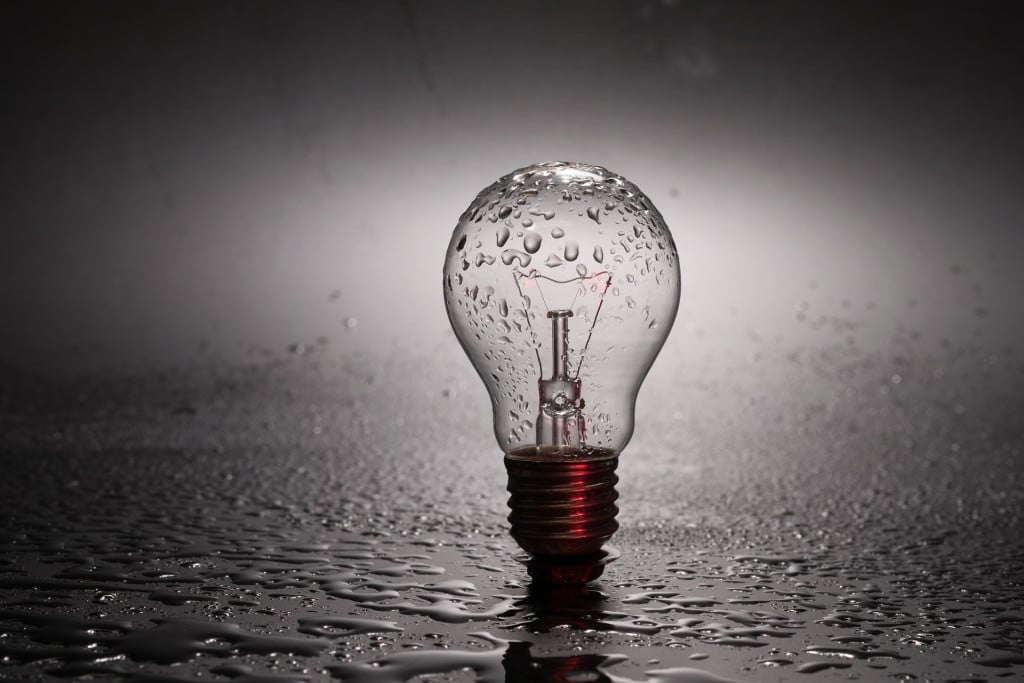
Given the advanced technology of the 21st century and the various risks associated with power failures, it raises the question of why powerful storms are still capable of causing blackouts.
Recommended Video for you:
Power Line Systems
Electricity is generated in power stations, which are typically situated away from cities and utilize various sources such as wind, coal, water, and natural gas to produce power. The electricity generated is then passed through a transformer to increase its voltage, allowing it to travel long distances through transmission lines across the country.
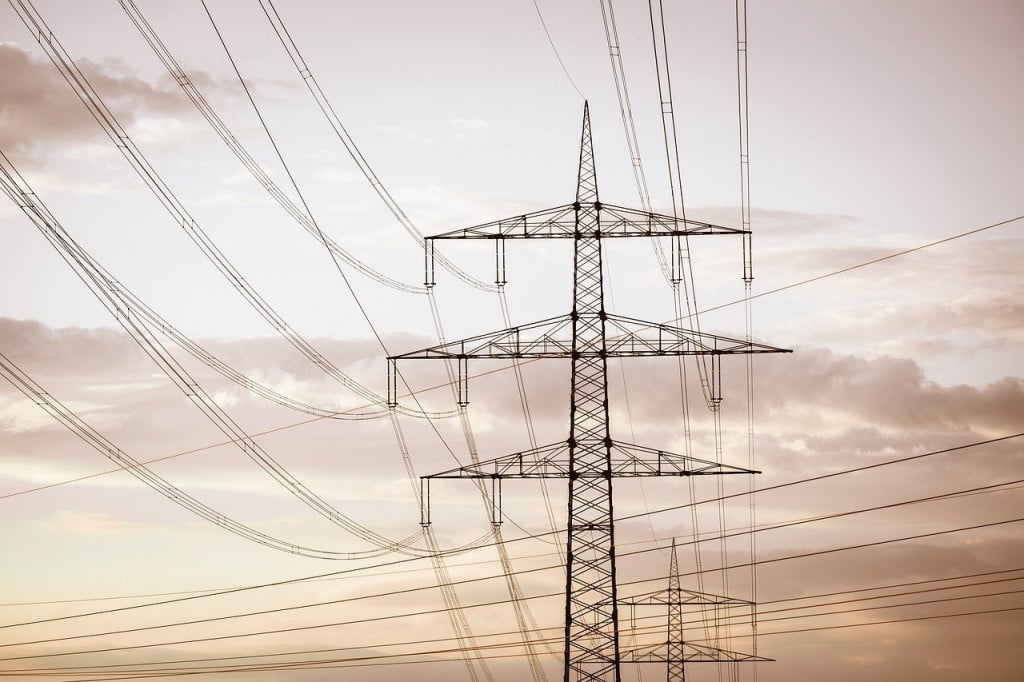
After the electric current completes this long journey, it passes through a substation where the voltage lowers. It can then be distributed onto smaller, local power lines that we regularly see lining suburban streets. It moves through these distribution lines into transformers, which further drops the voltage so it’s safe to enter your home.
Finally, the electric current moves through your service panel and is distributed to the wires and wall sockets you need for all your gadgets and chargers.
This is a typical example of an above-ground power line system, which people usually associate with power outages caused by downed power lines sparking on the street. However, an alternative – an underground option – similarly moves electric current (in terms of starting and ending points). Still, some of that journey happens in wires hidden underground instead of being supported by poles.
There are advantages and disadvantages to both these systems, which will become more apparent after we discuss the effects of severe weather on our electrical transmission and distribution system.
Severe Weather Effects On Power Systems
When a storm is on the way, it’s always wise to check whether you have enough candles in case the power goes out. It may seem strange that something as simple as a rainstorm could cause the power grid to break down. However, power lines are designed to protect the grid and the surrounding area, which may make them appear more prone to faults than they are.
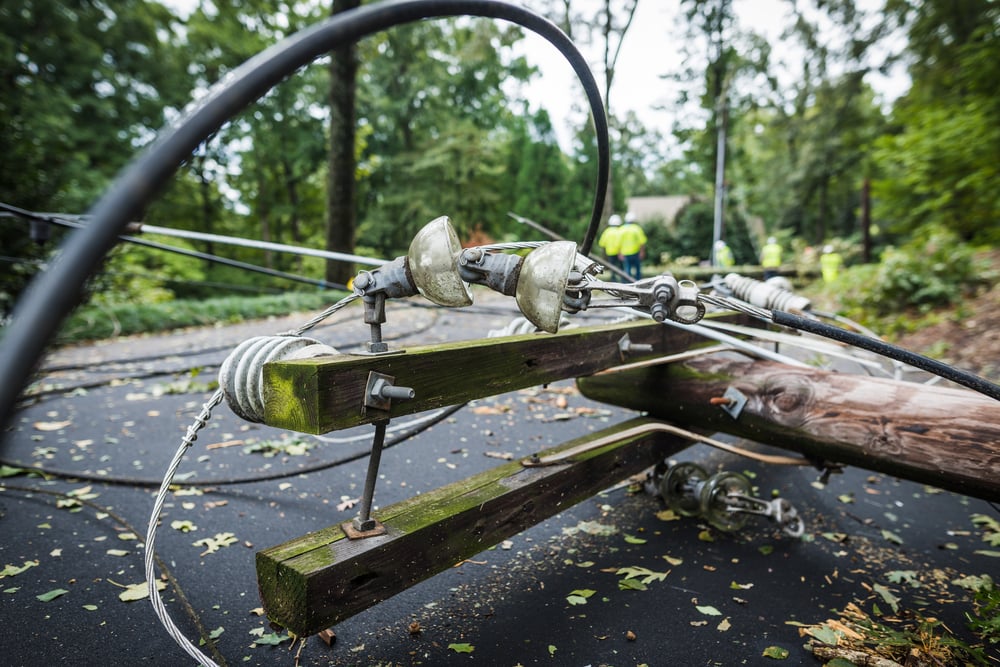
Most storms bring strong winds that cause trees to sway and branches to snap. If a branch comes in contact with high-voltage power lines, the power cuts off automatically to prevent the electric current from being discharged and wasted. Once the contact ends, the power restarts. However, if a branch falls onto a power line, the power remains off until the problem is resolved.
Sometimes, the wind can be so strong that it blows power lines down, or an entire tree falls across the lines, pulling them down. That’s why municipal crews spend a lot of time cutting trees back when they begin to encroach on nearby power lines.
Heavy winds and precipitation can cause significant damage to power lines. While wind can knock down power lines, heavy and continuous rain can also be disastrous. It can damage insulation elements such as bushings and switches, leading to blown fuses and power loss.
Physical damage from hail and branches, or gradual wear and tear, can also cause cracks and breaks that allow water to seep in and do further damage.
Snow and ice storms are even more hazardous, as these heavier forms of precipitation can stick to power lines and weigh them down, sometimes resulting in snapped cables.
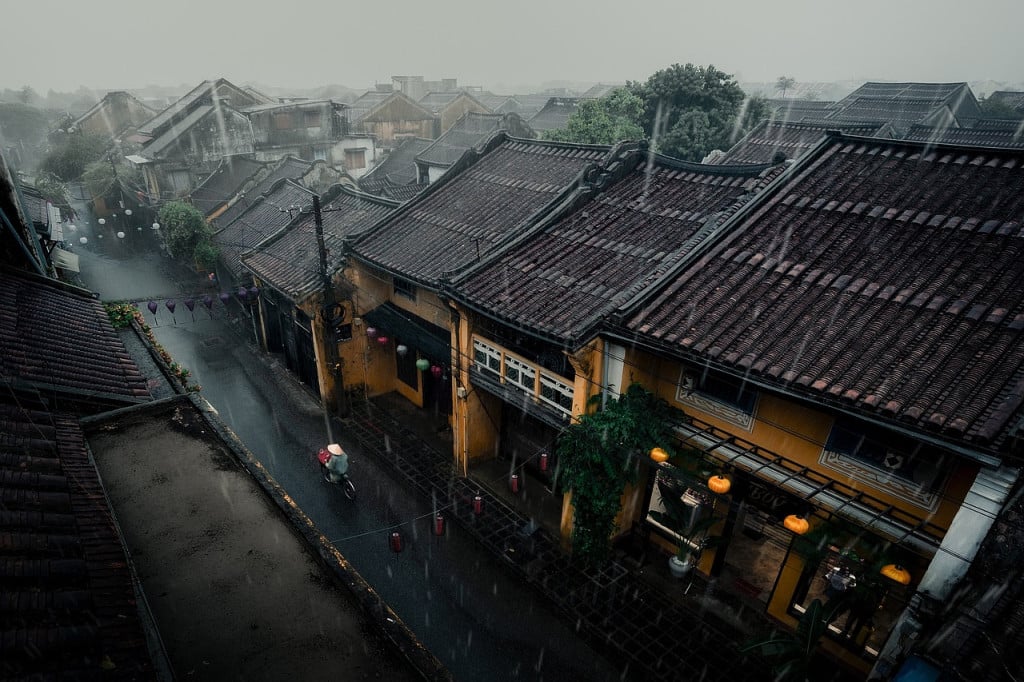
Lightning is often attracted to tall, metal objects like power lines. This can result in power surges that overload transformers and cause significant power problems. Trees that are struck by lightning can also fall onto nearby power lines, leading to power outages, even if local workers have pruned them.
Severe weather can threaten traditional aboveground power lines, making the underground option seem safer. However, flooding and heavy rains can also affect underground power lines, which can damage the insulating systems and cause water leaks.
Another advantage of aboveground wires is that the problem area is easy to identify and access. On the other hand, if the power grid is underground, it can be challenging to locate the problem and more disruptive to the surrounding community to access and fix.
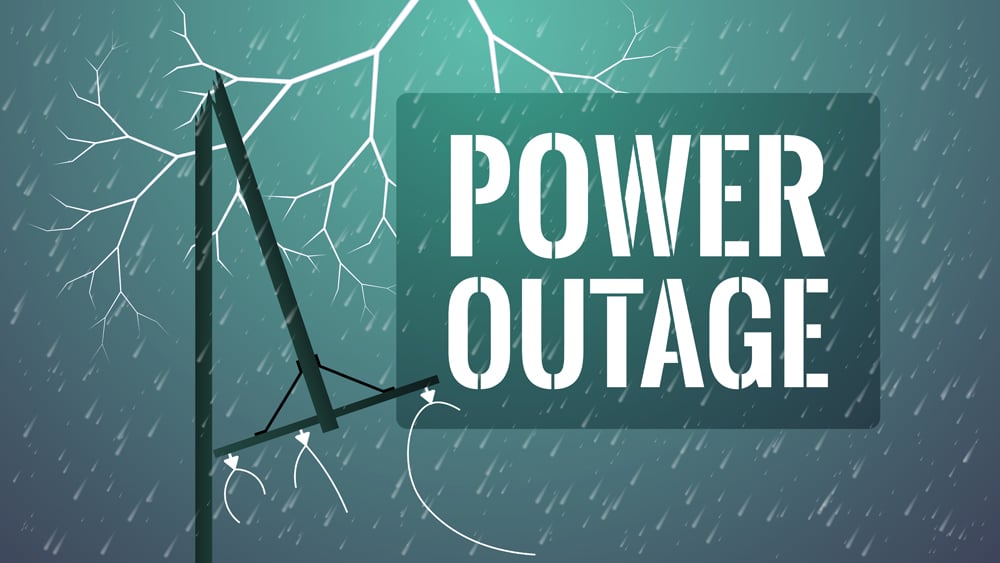
Even with the hassle of repair, many people in hurricane-prone areas would love to have their power lines buried, but the biggest objection from cities and localities is the cost.
It is far more expensive to install, access, and repair underground power lines than it is to erect traditional electric poles.
Although there are some advantages, the billions of dollars it would cost to implement, in addition to the elevated electric bills for users, make it less popular than you might expect.
A Final Word
Creating, distributing, and maintaining an electric grid covering hundreds of thousands of square miles is impressive. However, when severe weather hits, any country’s electric transmission and distribution system is vulnerable to damage, whether the wires are above or below the ground.
Despite ongoing efforts to improve these systems, power outages will likely continue to occur, and that’s why candles will always remain a crucial commodity!
Last Updated By: Ashish Tiwari
References (click to expand)
- Fenrick, S. A., & Getachew, L. (2012, March). Cost and reliability comparisons of underground and overhead power lines. Utilities Policy. Elsevier BV.
- Grigsby, L. L. (Ed.). (2007, May 30). Electric Power Generation, Transmission, and Distribution. (L. L. Grigsby, Ed.), []. CRC Press.
- Khan, A. A., Malik, N., Al-Arainy, A., & Alghuwainem, S. (2012, September). A review of condition monitoring of underground power cables. 2012 IEEE International Conference on Condition Monitoring and Diagnosis. IEEE.


